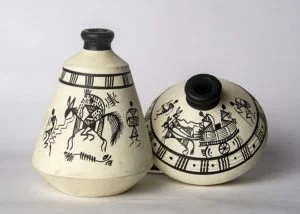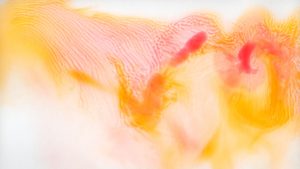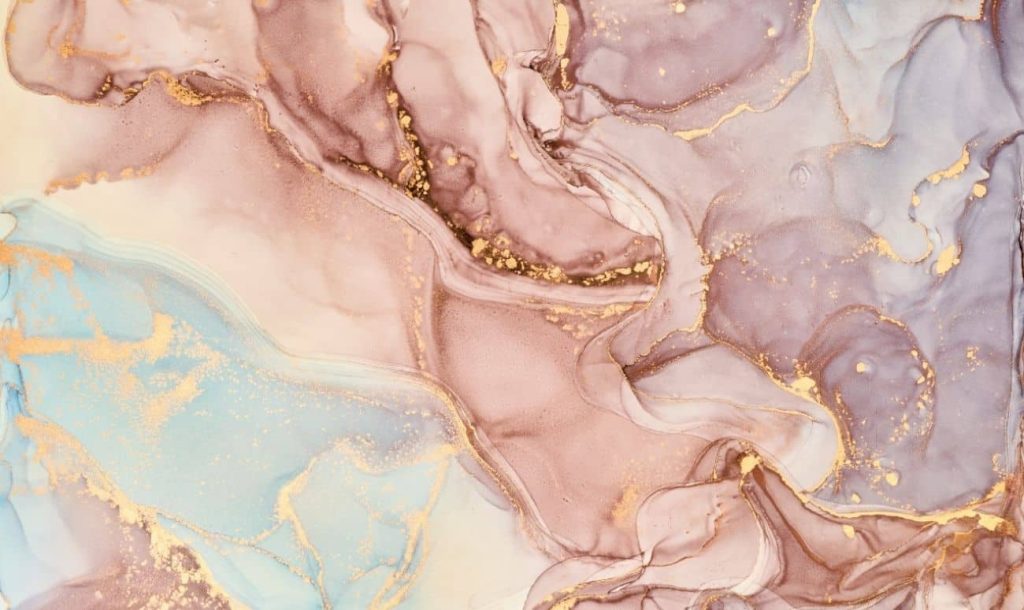We are here once again to clear out your doubts that you may have when it comes to plastic and paint. In this article, we will be answering all your question in regards to these two words. We will begin by exploring the real meaning of the title and the correlation between plastic and paint in this context. Further, we will explore different sorts of paints in details. However, you must stick around to the end! The particular reason for that is to read the ten excellent tips that we will be listing for all you budding painters!
What do we mean by paints for plastic?
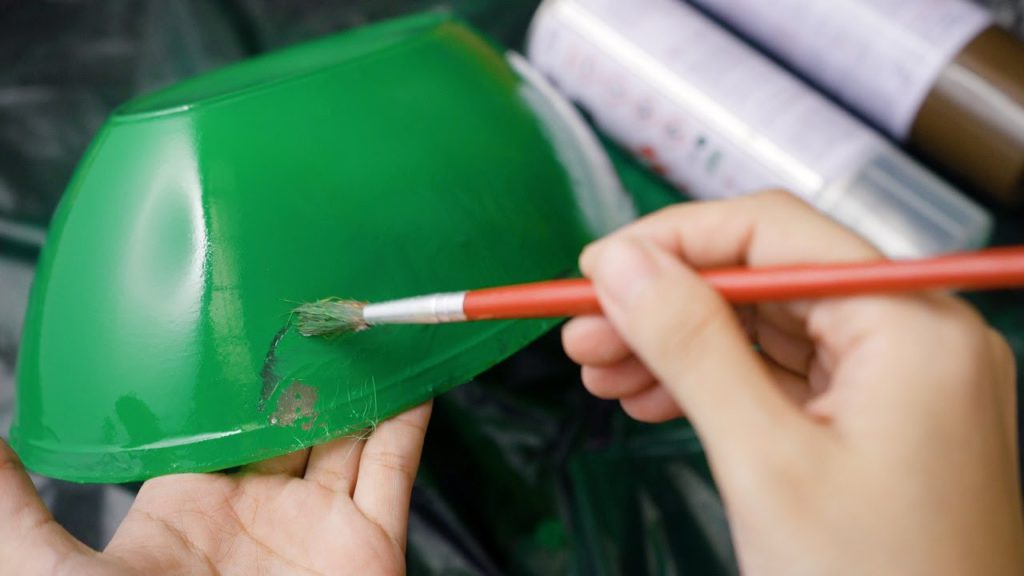
Whenever we talk about paint, we do not segregate the different kinds of paint in our minds. The most common sort of paint that is used by children are water colours. These paints are easily and locally available in the market. These paints can be mixed with a few drops of water so that the color sticks on the brush and then it can be put on paper. Apart from this, another common type of paint that students utilize are tube paints.
The paints are also easily available are in the liquid form unlike water colors. Water colors are in the solid form. Even thought the tube paints are liquid, they still do require a minimal amount of water, which when mixed makes the tube paint smoother and thinner. It can then be put on the brush and can be used for painting. However, the two types of paints that we have discussed thus far can only be used on paper.
Therefore, we can come to the conclusion that different sort of materials and different sort of surfaces also require a different sort of paint. So, if we wanted to paint plastic, in that case as well we will be requiring a specific kind of paint. Water colors as well as tube paints will not stick to the plastic surface. Here the question arises as to which paints are suitable for plastic surfaces. Along with that, one may also ask what the different types of plastic surfaces are which can be painted.
More About Paints
To answer the two questions that were raised in the previous section we can simply have a look at our immediate surrounding, which could be the room or office where we are at the moment. Whether it is the furniture, or a plastic toy or doll, or even car parts among many other things, all have been painted. The most important thing to note here is that all these surfaces are painted with a particular type of paint made specifically for these plastic surfaces. So, what are the names of these paints which can be used on plastic? In the next section we will be delving deeper into the subject of the paints that can be used on plastic!
Also, Read Gouache Painting 101 : How To Paint With Gouache!
Steps to take before Beginning the painting process
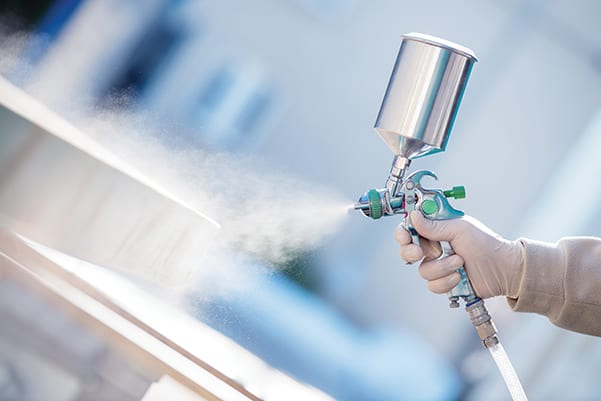
Making the paint stick on the plastic is a very tough job. Painting plastic is a skill that needs some amount of practice and perfecting. It is easier to paint other such as wood, for example. This is so because wood is porous but plastic on the other hand, is not porous. Therefore, it is important to use such a paint that sticks to the surface very easily. Let us have a look at some of the steps that we can do in order to make the paint stick better too the plastic surface.
- Wash the plastic item
- Wipe it with a cloth so that it is not wet anymore at all.
- Rub it with sandpaper in order to create a smoother texture.
- Apply rubbing alcohol in order to remove any residual oils from the surface.
- Lastly, apply a coat of primer before you apply the paint.
The names of some of these paints
As established in the previous section, different surfaces require different sorts of paint. Here, we will be exploring those types paints that are appropriate for plastic surfaces. Let us have a look at some of these-
Spray Paints
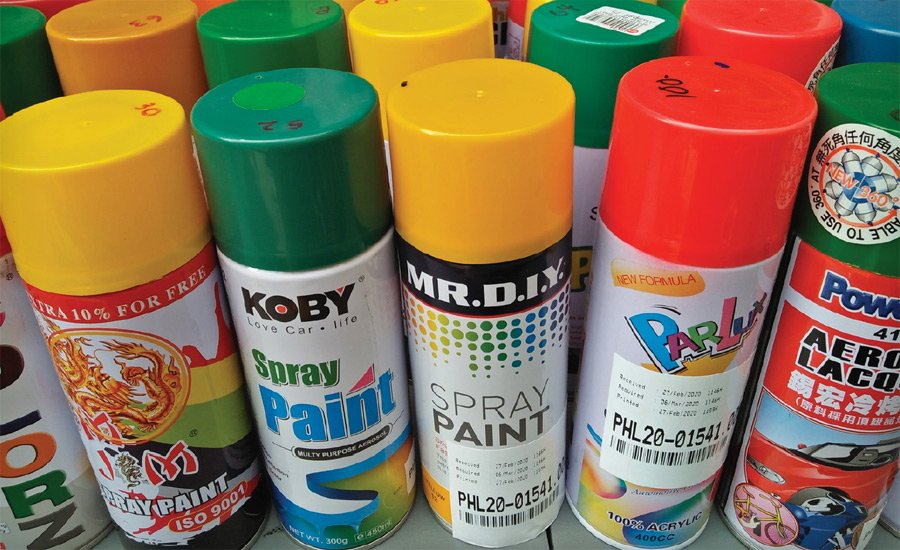
Spray paints are able to stick to plastic surfaces and are therefore, most commonly used when it comes to painting plastic surfaces. Before spraying the paint, please make sure to tape of those sections where you do not want the paint. You can remove the tape once the painting process is over. The can of spray paint should also be shaken for one whole minute before the painting is begun. The paint might not be to your desirable depth of color in just the first coat. Therefore, we advise you to do as many coats as you deem appropriate.
Acrylic Paints
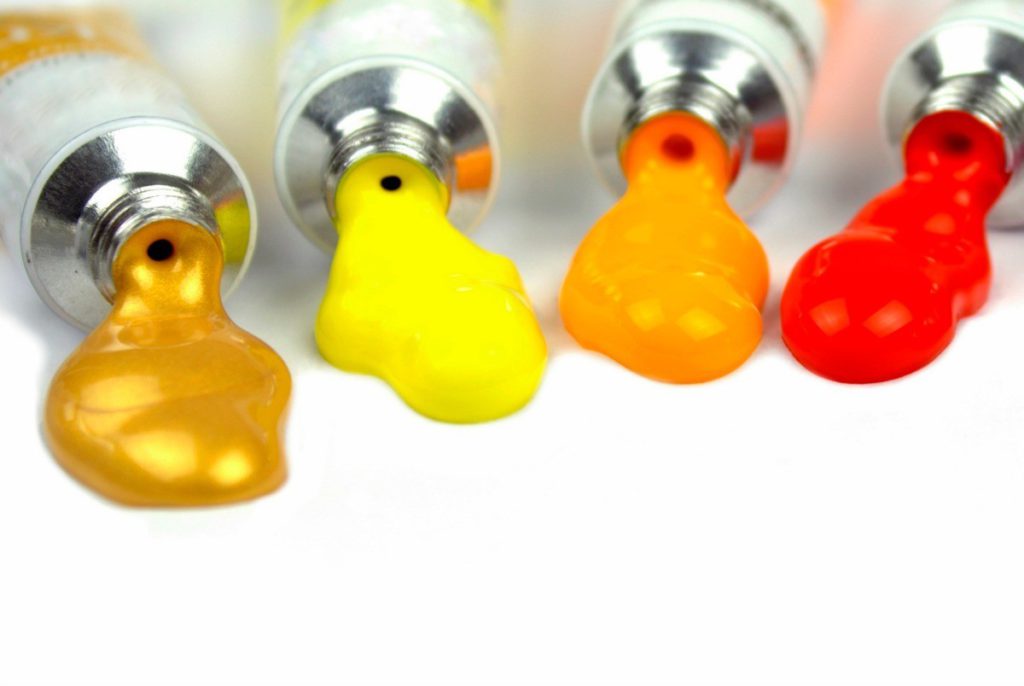
Acrylic paints can also be used when it comes to plastic surfaces. This paint can be applied using different sorts of brushes depending on the section of the item that you are painting. Once again, we advise you to use masking tape in order to protect the parts that do not need to be painted and keep them clean. Acrylic paint is also available in the form of cans. Along with that, if you are applying it with the help of a brush, we urge you to apply multiple layers. However, it is imperative to let each layer dry completely before the next one is applied.
Enamel Paints

One of the best things about using enamel paint is that it sticks to the plastic easily. The particular reason for that is that it was specifically designed for non-porous surfaces such as plastic. In fact, the enamel paint sticks so well to the plastic surface that the item can be used regularly once painted. It can also be washed without any fear of the paint chipping off!
Also, Read 7 Awesome Ways You Can Paint Without Brushes – Brushless Painting
Tips for painters who are beginners
Here are some tips for the budding painters who are trying paint a plastic surface:
Protective gear
Wearing protective gear while using any of these paints is very important. One can use gloves to protect their hands. As painting is a messy job many a times, the paint may get on to someone’s hands. This is not safe as the paint contains many chemicals. For acrylic paints and spray paints it is advisable to wear suitable masks in order to protect oneself from the fumes of the paint. They contain many chemicals and toxin which are good for us.
Workspace
Having a workspace for all your painting activities can be vital. It provides you a safe environment to connect with your art. Along with that, all your stationary will be in one place. One need not go anywhere else and therefore, they will be able to maintain their concentration. Having a workspace means that there will be no disturbances during the artistic procedure. Even one’s family members or other loved ones living in the house will remain protected if the painting is done in one particular workspace. Even if a workspace is not available, a work bench is advisable.

A coat after applying the spray paint
It is also recommended to use a polyurethane sealer after the object has been painted and has dried. This helps in protecting the paint color for a long time. This is also available in the spray format. It is necessary to let the polyurethane sealer dry for at least thirty minutes after it has been applied. It is only after this that the object can be utilized. These sealers are put to make the final look of the object smoother. They are available in three forms- matte, glossy and satin.
Checking the compatibility of the primer and the paint
One must always try to get the primer and the paint from the same company. There are several reviews available on the internet that will let one know about the necessary details. Some primers might not help the paint stick properly. To avoid this, one must be familiar with primer and paint from before. A good way to do this to try them out. One can select a small space where they can test both the primer and the paint. Then one will know for sure whether it works or not.

Equipment for preparation
To be a responsible and efficient painter it is necessary to gather your equipment together from before. This enables the painter to sit in one place with all their equipment and focus on their work. It promotes concentration. The equipment that one requires apart from the paint are water, a cloth, sandpaper, rubbing alcohol as well as the primer along with the polyurethane sealer. One can get these equipment at any departmental store, a local market or on any online platform. So, go ahead and purchase all that you need as soon as possible.
Fix your errors
There may be several times that a crack may appear on the painted surfaces. This is normal and there is no need to panic in these cases. These cracks and fissures can be easily hidden. This can be done by painting over it once again. Whether you are using a brush or a can of spray paint, applying some where the cracks have appeared, will make it disappear in not time! Do not worry or fret when something like this happens as it is very common. There is always a solution for such problems.
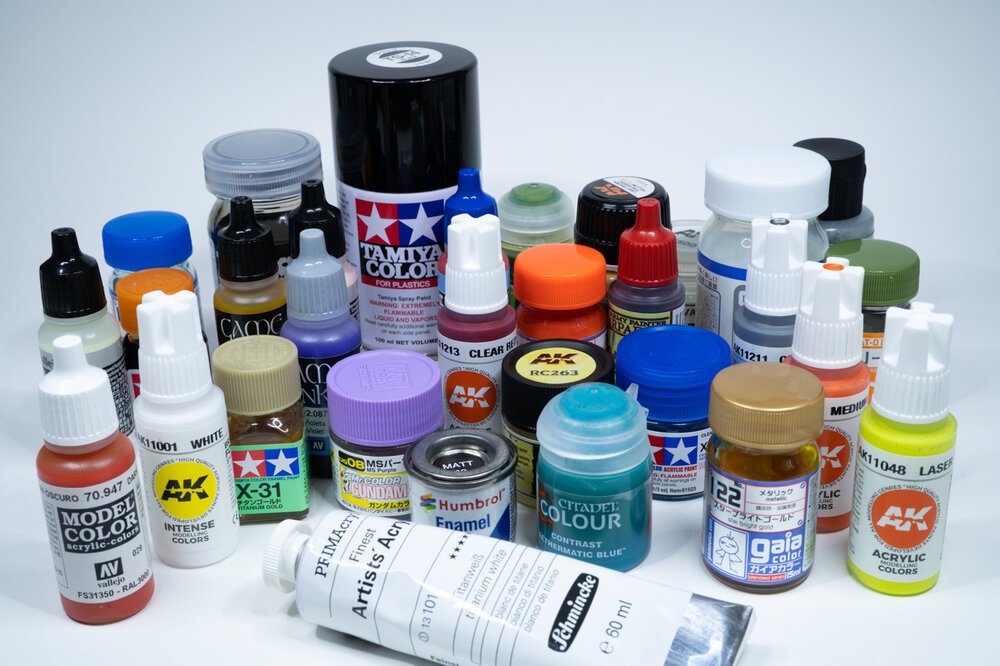
Designing the item
After the painting of the object is finished and the object has been given sufficient time to dry up one can design it. We would always want the objects that we are painting to look aesthetically pleasing and visually appealing. In order to do that one can, use a finer tip brush. This will help in drawing out the finer lines and paint those designs. However, we still recommend that even for this purpose one may use either acrylic or enamel paint. This will lift the object that you have made to a whole new level!
Use these objects for daily purposes
Many people are nervous and apprehensive about using these objects that they have painted. However, we are here to tell you that these objects are safe to use once they have dried up. They can be used for several purposes in the household as well. For example, if one has painted a bowl, it can be used as a fruit bowl once it has dried. Furniture, in the house, can also be painted and designed. These objects can also be washed but one need not worry about the paint washing away.
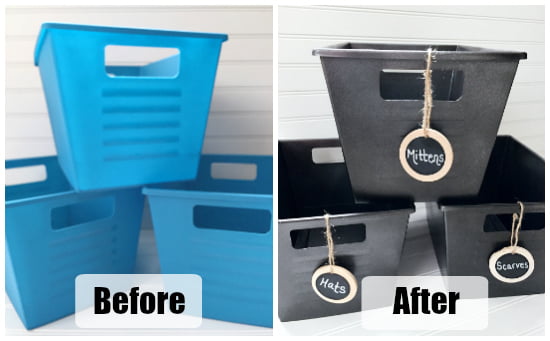
Enjoy while painting
Regardless of whether one is painting as a hobby or for a professional work, enjoyment must be derived from it. If one is working without any pleasure, the work can become very tiring and strenuous. Therefore, as this is a process of artistic creation, we recommend you to let loose. Just relax yourself while painting and let your creative juices flow and finish your job. You will feel much happier and calmer with your finished product if use this way of painting. This will give you a very positive approach towards this activity in your life.
Do your research
The last bit of tips and trips that we can advise you is to do some research before beginning your painting process. This will enable you to know what sort of paint is best for the object that you are painting. It will also help you out with the appropriate equipment for your painting.
Here, is the perfect guide to everything that you need to know about painting on plastic. We hope that this was able to help you and that you start working on your creations as soon as possible. So, get, set, paint!
Also, Read Handmade Water Colors by Paint Makers Around the World
Frequently Asked Questions(FAQs)
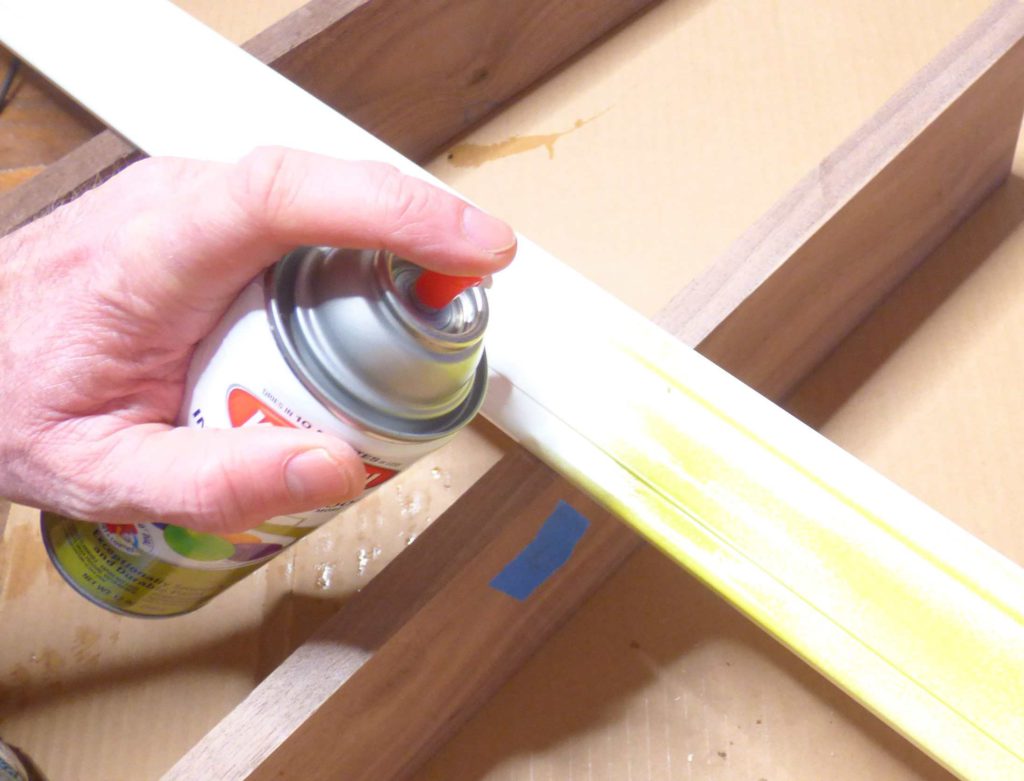
Q. What kind of paint will stick to plastic?
A. Different surfaces require different sorts of paint. Here, we will be exploring those types paints that are appropriate for plastic surfaces. Let us have a look at some of these –
Spray Paints
Spray paints are able to stick to plastic surfaces and are therefore, most commonly used when it comes to painting plastic surfaces. Before spraying the paint, please make sure to tape of those sections where you do not want the paint. You can remove the tape once the painting process is over. The can of spray paint should also be shaken for one whole minute before the painting is begun. The paint might not be to your desirable depth of color in just the first coat. Therefore, we advise you to do as many coats as you deem appropriate.
Acrylic Paints
Acrylic paints can also be used when it comes to plastic surfaces. This paint can be applied using different sorts of brushes depending on the section of the item that you are painting. Once again, we advise you to use masking tape in order to protect the parts that do not need to be painted and keep them clean. Acrylic paint is also available in the form of cans. Along with that, if you are applying it with the help of a brush, we urge you to apply multiple layers. However, it is imperative to let each layer dry completely before the next one is applied.
Enamel Paints
One of the best things about using enamel paint is that it sticks to the plastic easily. The particular reason for that is that it was specifically designed for non-porous surfaces such as plastic. In fact, the enamel paint sticks so well to the plastic surface that the item can be used regularly once painted. It can also be washed without any fear of the paint chipping off!
Q. Can you buy paints for plastic?
A. Yes, you can buy paint for plastic from any online sources. It is available very widely. One may also find it any big retail stationary store, a departmental shop or even the local market. All these products are very easily available these days and can be purchased whenever required. There are many sites online which only sell equipment required for painting and one can check those out too.
https://www.youtube.com/embed/86lJESmVapo?feature=oembed5 Easy Ways To Paint Plastic Pots
Q. Is there a primer for plastic?
A. Yes, there is a primer for plastic. One must always try to get the primer and the paint from the same company. There are several reviews available on the internet that will let one know about the necessary details. Some primers might not help the paint stick properly. To avoid this, one must be familiar with primer and paint from before. A good way to do this to try them out. One can select a small space where they can test both the primer and the paint. Then one will know for sure whether it works or not.
Q. Can you permanently paint plastic?
A. Yes, one can permanently paint plastic. Many people are nervous and apprehensive about using these objects that they have painted. However, we are here to tell you that these objects are safe to use once they have dried up. They can be used for several purposes in the household as well. For example, if one has painted a bowl, it can be used as a fruit bowl once it has dried. Furniture, in the house, can also be painted and designed. These objects can also be washed but one need not worry about the paint washing away.
Q. Does acrylic paint stick to plastic?
A. Yes, acrylic paint sticks to plastic. Acrylic paints can also be used when it comes to plastic surfaces. This paint can be applied using different sorts of brushes depending on the section of the item that you are painting. Once again, we advise you to use masking tape in order to protect the parts that do not need to be painted and keep them clean. Acrylic paint is also available in the form of cans. Along with that, if you are applying it with the help of a brush, we urge you to apply multiple layers. However, it is imperative to let each layer dry completely before the next one is applied.
Q. What do we mean by paints on plastic?
A. Whenever we talk about paint, we do not segregate the different kinds of paint in our minds. The most common sort of paint that is used by children are water colours. These paints are easily and locally available in the market. These paints can be mixed with a few drops of water so that the color sticks on the brush and then it can be put on paper. Apart from this, another common type of paint that students utilize are tube paints.
The paints are also easily available are in the liquid form unlike water colors. Water colors are in the solid form. Even though the tube paints are liquid, they still do require a minimal amount of water, which when mixed makes the tube paint smoother and thinner. It can then be put on the brush and can be used for painting. However, the two types of paints that we have discussed thus far can only be used on paper.
Conclusion
Therefore, we can come to the conclusion that different sort of materials and different sort of surfaces also require a different sort of paint. So, if we wanted to paint plastic, in that case as well we will be requiring a specific kind of paint. Water colors as well as tube paints will not stick to the plastic surface. Here the question arises as to which paints are suitable for plastic surfaces. Along with that, one may also ask what the different types of plastic surfaces are which can be painted.
To answer the two questions that were raised in the previous section we can simply have a look at our immediate surrounding, which could be the room or office where we are at the moment. Whether it is the furniture, or a plastic toy or doll, or even car parts among many other things, all have been painted. The most important thing to note here is that all these surfaces are painted with a particular type of paint made specifically for these plastic surfaces. The paints that one can use on plastic are spray paints, acrylic paints and enamel paint.
Also, Read What are the 3 Essential Types of Paints?
Share with your friends
